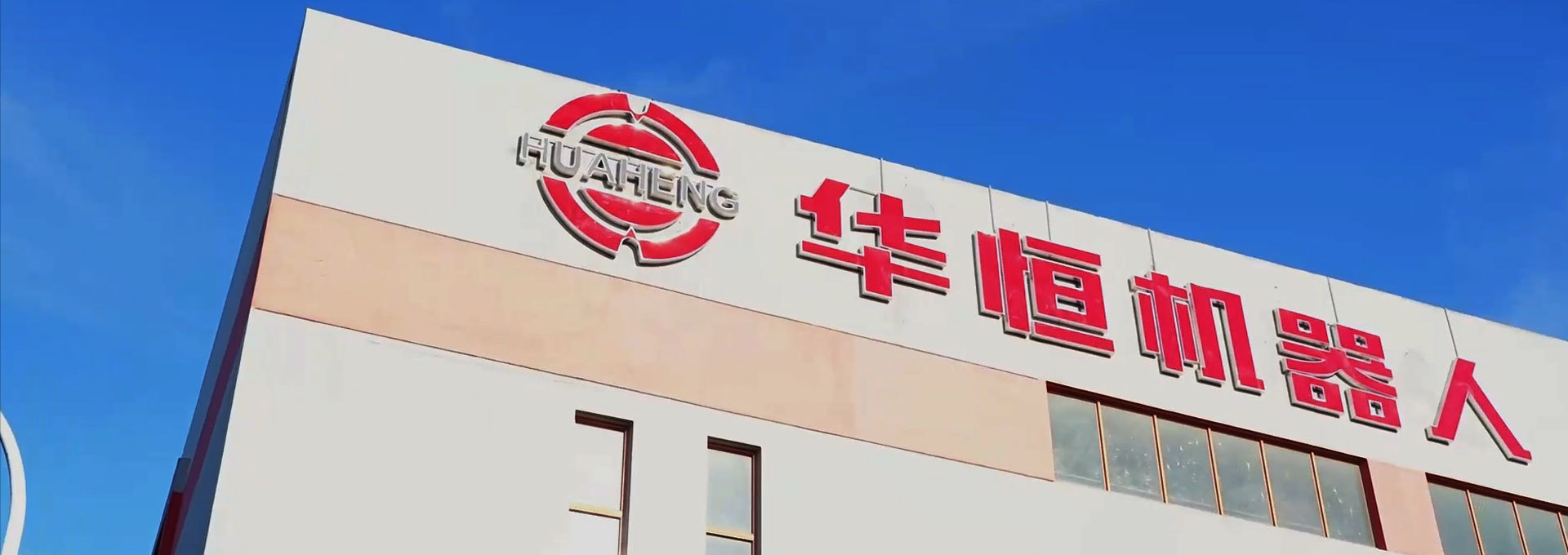The Rise of Robotic Welding Systems: Revolutionizing the Industry
Release time:
2025-04-04
The Rise of Robotic Welding Systems
When it comes to modern manufacturing, few innovations have made as significant an impact as the robotic welding system. These high-tech marvels are not just a trend; they are a game-changer for industries ranging from automotive to aerospace.
What is a Robotic Welding System?
In layman's terms, a robotic welding system refers to a programmable machine that performs welding tasks automatically. Think of it as a highly skilled welder who never tires, never takes a break, and can work in a precisely controlled environment.
Why the Buzz?
So, why all the excitement about these systems? Well, let’s break it down. For starters, efficiency is the name of the game. In a world where time is money, companies are jumping on the robotic welding system bandwagon to cut down on labor costs and improve productivity. Not to mention, these systems can produce consistent quality, reducing the chances of human error. Talk about a win-win!
The Benefits of Going Robotic
- Increased Precision: Robots can execute welding tasks with pinpoint accuracy. This means fewer defects and higher quality products.
- Enhanced Safety: Welding can be hazardous, but with robots taking the helm, human workers can steer clear of potential dangers.
- Cost-Effectiveness: Although the initial investment might raise eyebrows, the long-term savings on labor and materials make it well worth it.
- Flexibility: Modern robotic welding systems are designed to adapt to various tasks, making them incredibly versatile.
Common Applications of Robotic Welding Systems
Wondering where these systems are making waves? Here are a few sectors where robotic welding is taking the spotlight:
- Automotive Industry: From assembling car frames to welding exhaust systems, the automotive industry is a hotbed for robotic welding.
- Aerospace: In this high-stakes industry, precision and reliability are crucial. Robotic welding systems are employed to create lightweight, strong components.
- Construction: Robots are increasingly used to weld structural components, improving the speed and quality of construction projects.
- Manufacturing: From appliances to machinery, robotic welding systems are ubiquitous in manufacturing lines.
The Future is Bright
As technology continues to evolve, the robotic welding system will only get smarter. With the integration of artificial intelligence and machine learning, these systems will soon be able to perform more complex tasks with even greater efficiency. It’s like having a welder who’s constantly learning and improving!
Challenges to Consider
Of course, it’s not all sunshine and rainbows. Transitioning to a robotic welding system can be a daunting task. Companies may face challenges in terms of training staff, initial costs, and integrating these systems into existing workflows. But hey, every silver lining has a cloud, right?
Conclusion
In the fast-paced world of manufacturing, the robotic welding system stands out as a beacon of innovation. As industries strive for efficiency and quality, these systems are set to play a pivotal role in shaping the future of welding and fabrication. So, buckle up! The future is here, and it’s robotic!
Previous
Previous Page:
Latest News
Xuzhou Huaheng Robotics Co., Ltd.
Phone: 0086-516-66882288
Kunshan Huaheng Robotics Co., Ltd.
Phone: 0086-512-87880678

Focus on Robot Division

Huaheng mobile phone terminal

Huaheng Company Public Number
Copyright © 2024 Xuzhou Huaheng Robotics Co., Ltd. All Rights Reserved


